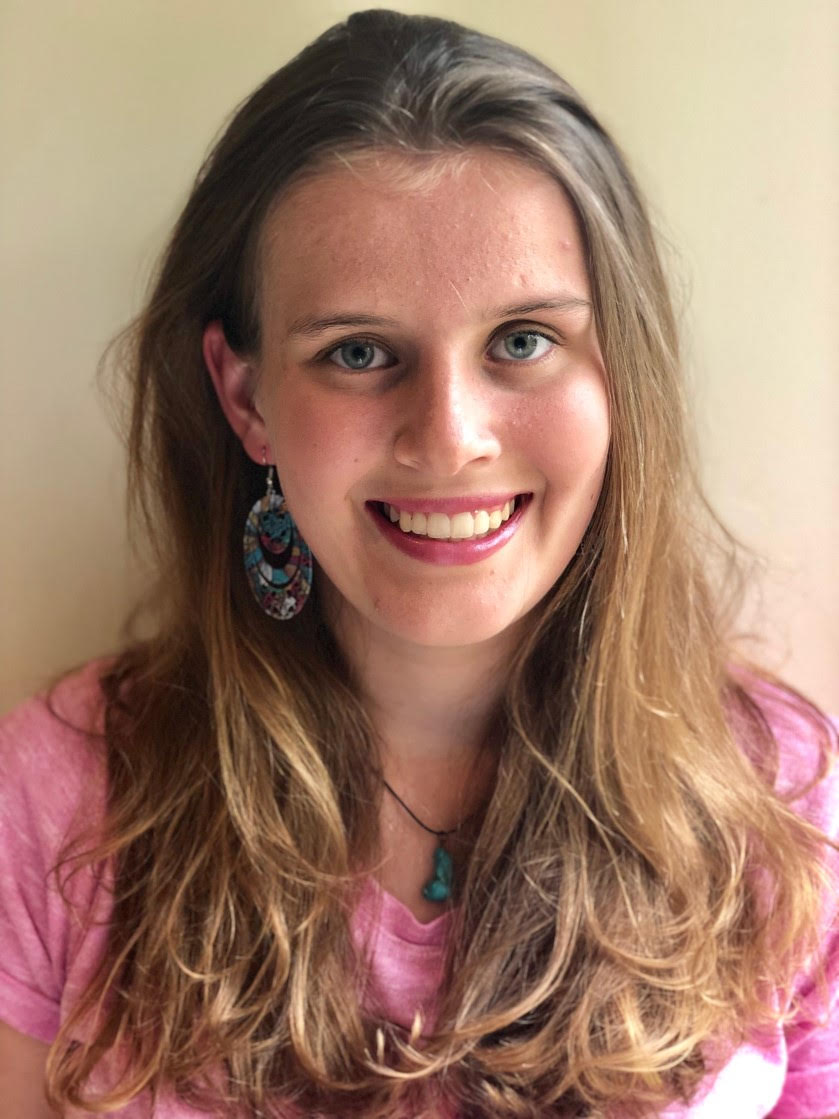Medical students who work with cadavers should give themselves the space to process this experience fully, not tarnish it by trying to pretend it is mundane, writes Anisha Page
 Full body dissection is often considered a rite of passage for new medical students. For many, it is the first time we come face to face with death.
Full body dissection is often considered a rite of passage for new medical students. For many, it is the first time we come face to face with death.
When my non-medic friends ask me what it is like in the lab, I want to tell them about the huge sense of gratitude I feel when I enter, and explain to them the driving urge I have to do my absolute best to make it all worthwhile, but, mostly, I keep the conversation light hearted to avoid revealing my deeper feelings.
After my first experience in dissection, I left the anatomy lab feeling heavy and deflated, but acknowledging that I’d been affected by the experience seemed to be a taboo. Afterwards, there had been an unspoken rush to return to the familiar. Yet without being given an opportunity to talk openly about the emotions that we might be experiencing, medical students aren’t taking the time and space we need to process and address our feelings.
I find myself thinking back to my first experience in the anatomy lab:
I enter the room. “Don’t be scared, we won’t take you to the dungeons,” the lecturer had said on the way there. It’s true, the room is bright and airy. I smooth down my new lab coat and remember the older students joking, “Be sure to wear a different lab coat to the one you’re wearing for the pub crawl!” Back in the pub, their quip had not felt that different from any other everyday joke, but recalling it now, it seemed out of place and crass.
I take a deep breath to steady myself and see the bodies on their raised tables, encased in white body bags. The smell of chemicals reaches me—my eyes burn, and I quickly switch to breathing through my mouth. I won’t notice the smell in a few weeks, but now it seems all encompassing. I struggle to think as I nonchalantly act like it isn’t affecting me.
We cluster around the bodies in groups, as we’ve been instructed to. The numbers dwindle as people leave with various excuses: “I’m fine, really, it’s just the smell” or “I need some space, that’s all.” We collectively accept this, without question, scared to acknowledge that we are all struggling to stay composed as we prepare to face death head on.
The anatomist uncovers the body quickly as we all hold our breath. Suddenly, it feels wrong for us to be doing this, to be staring at this body: exposed, vulnerable, and naked. When the anatomist starts to talk, her voice seems loud and incongruous, like shouting in a church. Her words seem meaningless, distant, irreverent even, given the gravity of the situation. One by one, my classmates recover themselves, lean forward, ask questions. I keep my distance, feeling a sense of invasion, of doing something wrong.
“Would you like to touch the body?” Touch the body!? I swallow and remember that this person donated their body for a reason, they want me to learn, and I cannot learn if I do not engage. Tentatively, I extend a gloved hand and touch the skin. It feels tougher, thicker than I expected, more fibrous. I quickly retract my hand.
“I will now uncover the face,’” the anatomist announces, scrutinising the group for signs of students feeling faint, gauging the pace with which she can proceed, introducing yet another group of green students to her everyday world. She removes the cloth and there is a collective gasp, a small intake of breath as we stand and look at the face. I want to leave but force myself to stay.
I look the person up and down, trying to imagine them as a living person. Then I see the hand, pale, with a few struggling freckles spotting the surface and fine white hair covering the back. Suddenly, I can imagine this hand alive, maybe a silver wedding band encircling one finger, maybe a watch strapped to the wrist, trapping some of the fine hairs. I can see the hand gesturing animatedly, flourishing, fingers spread out. The anatomist covers the head again, but for me, the real life lies in the hand.
The atmosphere that has pervaded my time in the anatomy lab, of hurrying to adapt, of just “getting on with it,” forces us to dehumanise the bodies in front of us. We ignore the immense trust placed in us, and the overwhelming responsibility that comes with it, pushing down the feelings of awe we have for the person who was able to give this gift.
Medical students who work with cadavers are given a special opportunity. We should give ourselves space to experience this fully, not tarnish it by trying to pretend it is mundane. Sometimes, it’s only when I catch the cadaver’s eye, or see the loose curl of their hand, that it hits me—this is a real person, this body has lived a life. Going into the anatomy lab and viewing a body can be unsettling and hard. But wouldn’t it be better to rid ourselves of the fear of departing from the everyday, and instead celebrate the fact that we are involved in something exceptional?
Anisha Page is a second year medical student at the University of Edinburgh.
Competing interests: None to declare
